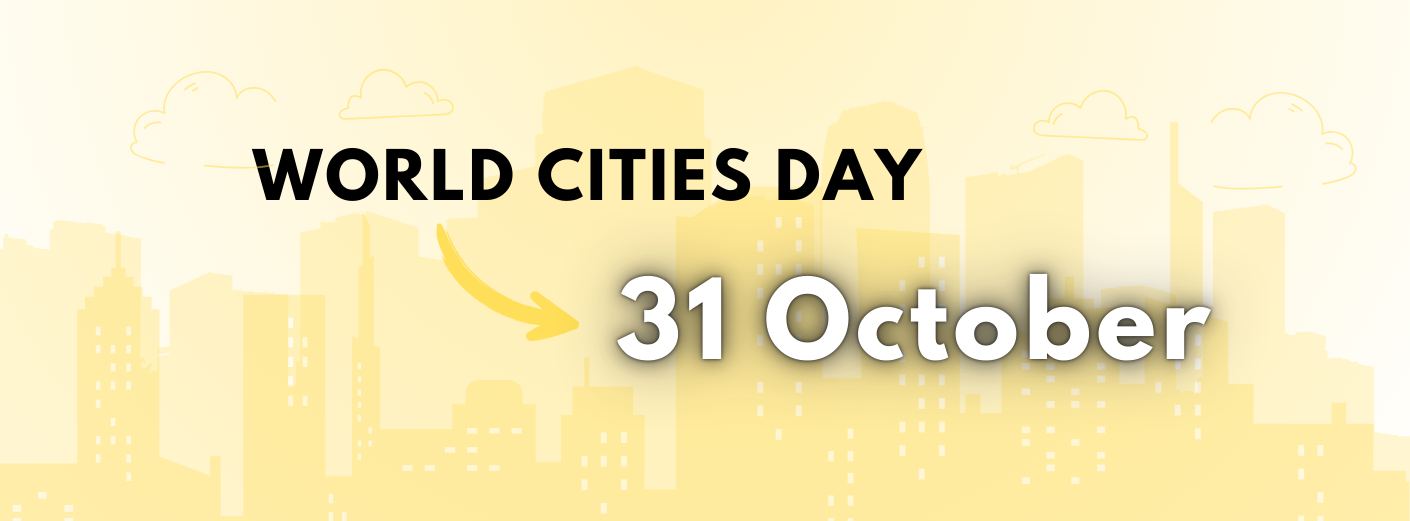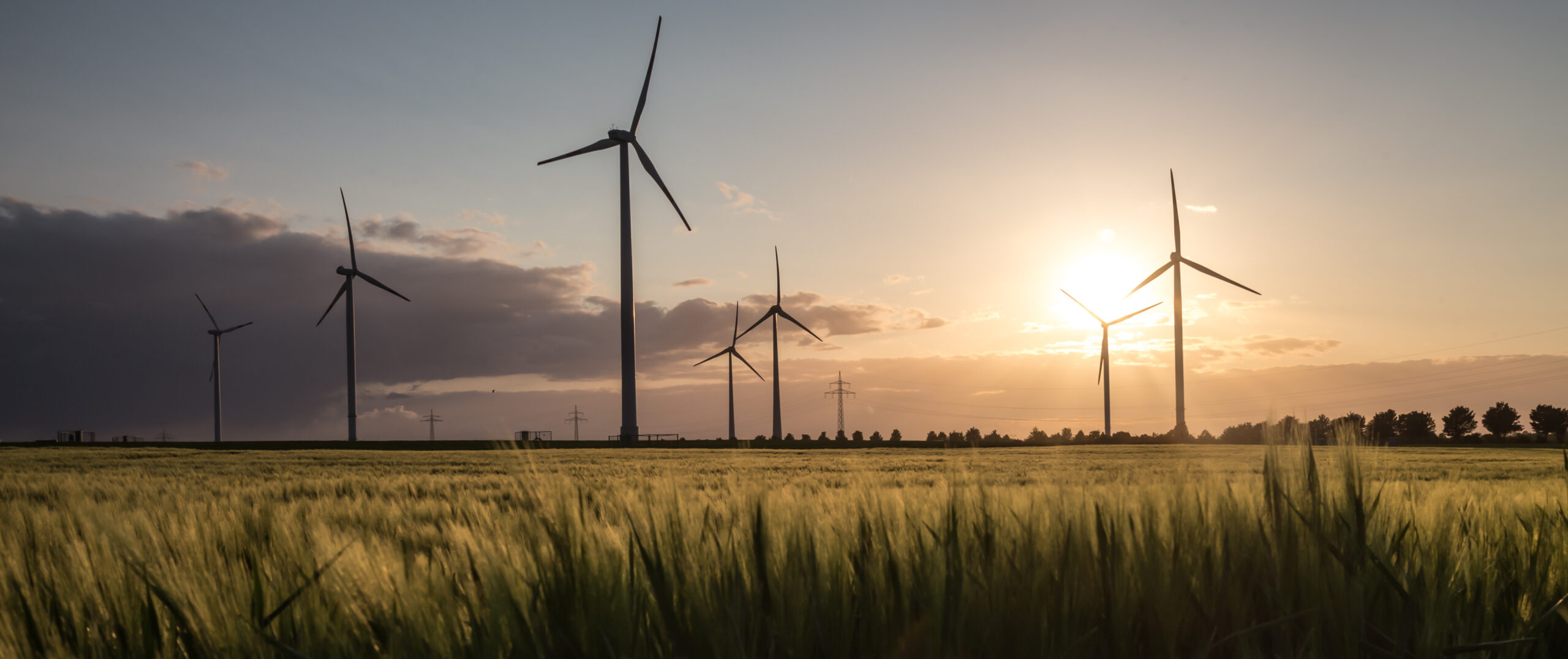IAIA22 Conference Proceedings
Confidence in Impact Assessment: Policies, partnerships and public involvement
4-7 May 2022 | Vancouver, BC, Canada

Summary
IAIA22 proceedings are a recap of the May 2022 event. Visit the IAIA22 Proceedings page to get a glimpse of the sessions, presentations, and activities that made IAIA22 a success. There you will find:
Final Program: Download the PDF final program to view the conference agenda and other final event details.
Session Chair Reports: Read summaries of the concurrent sessions as submitted by the session chairs.
Presentations: View uploaded presentations; see the list below. (Note: Not all presenters choose to share their presentations.)
Papers: Presenters were invited to submit optional papers. The final (edited) papers are posted here.
Available Presentations
50th Anniversary of NEPA: Summary of Influential U.S. court decisions – Powerpoint
P.E. “Pam” Hudson session: The 50th anniversary of NEPA: Lessons learned and future challenges
Agenda-free consultative impact assessment: A key to confidence building
David A. Burack session: Building confidence in EA through good evidence and practitioner integrity
Amplifying the perspectives of program participants: What works?
Lisa Zook session: Building confidence in IA results by using participatory approaches
ANTAMINA: TRANSFORMING 25 YEARS OF DATA TO A BIODIVERSIY CONSERVATION TOOL
Claudia Valencia Franke session: From data and information to knowledge and wisdom in impact assessment
Applications of eDNA Technology for Improved EIA and Conservation Outcomes
Vere Ross-Gillespie session: Nature positive: Reaching a global goal for nature
Are Baseline and Modeling Supporting EA Follow-up for Hydroelectric Dams?
Carolyn Brown session: EA Follow-up: Exploring its role as a confidence building exercise
Are resources sufficient for the evaluation of social impacts of resource projects?
Nina Barton session: A holistic approach to SIA: Meaningful implementation for modern challenges
Are we positive? Is impact assessment prepared to implement positive effects requirements?
Lyle Thompson session: Are we positive? Is IA prepared to implement positive effects requirements?
Assessing Biophysical Factors That Support Ecosystem Function in IAs
Edwin Hubert session: Impact assessment innovations in Western and Northern Canada
Assessing contributions to sustainability from rare earth element mining
Eve McLeod Norberg session: The Intersection of ESG, sustainability, and IA
Assessing impacts that matter to people: practical examples of assessing psycho-social impacts within environmental impact assessment
Catherine Fairbairn session: Theories and concepts to build confidence in psycho-social impact assessment
Assessing Project Amendments: Creeping Baselines and Cumulative Baselines
Alan Ehrlich session: Impact assessment innovations in Western and Northern Canada
Assessing the public interest in impact assessment using a multiple account evaluation framework
Cameron Gunton session: Advancing impact assessment: Opportunities, methods, and tools
Better explain ESIA for a Better PP
Jean Hébert session: Achieving more meaningful public participation in impact assessment
Building confidence in EIA: Key environmental auditing assumptions in the South African EIA system
Theunis Meyer session: Compliance and Enforcement of Impact Assessment Decisions
Building confidence through consistent and meaningful consultation and delivering on commitments
Candice Wilson session: Working with Indigenous community to create confidence in projects
Collaborative Assessments: Melding Indigenous Nation Wants with Project Proponent Needs
Julie Swinscoe session: Building confidence in IA results by using participatory approaches
Confronting Already Significant Existing Cumulative Effects
Marcus Eyre session: IA: Special Challenges and Potential
COVID AND IMPACT ASSESSMENT
4TH IAIA SURVEY RESULTS
Charles Kelly session: The COVID pandemic, disasters, conflict, impact assessment, and beyond
Developing Indigenous Health Indicators for Cumulative Effects Management
Clementine Bouche session: Indigenous-specific cumulative effects assessment methodologies
Developing synergies between isolated corporate areas through NbS language
Nicole Puschel session: Including nature-based solutions in project design and impact assessment
Early Engagement and Effective Consensus Seeking Under the BC Environmental Assessment Act
Katherine St James session: Planning early for next generation IA: Lessons from BC, Canada, and beyond
Economic Impact Assessment: Where We’ve Come From, Where We Are Now, and Where We Still Need to Go
Chris Joseph session: Advancing impact assessment: Opportunities, methods, and tools
Emerging Models for Indigenous-Crown Collaborative Impact Assessment – Challenges and Opportunities
Trefor Smith session: State-Indigenous processes that advance FPIC requirements under UNDRIP
Encouraging participation through ethical data collection and digitalisation
Debbie Cousins, Amy Sexton and Claire Penny session: Online IA processes for sustainable development: Building relationships and collaboration
Environmental Stewardship Initiative Lake Babine Nation Wetland Case Study
Nicole Wright session: Indigenous-specific cumulative effects assessment methodologies
ESMF for Climate Resilience and Rural Development Project: Global Learnings & Local Solutions
Nazia Zakir Ahmed session:
Evolution in Guidance for EIA Implementation as a Confidence Building Measure: A Comparative Case Study of Brazil, Chile, and Colombia
John James Loomis session: Confidence in policies and public involvement: Moving targets?
Factors of Residents’ Attitude to Solar-PV Project
Shigeo Nishikizawa session: Asian S3EA: Strategic, Spatial, and Sustainable EA
From Reactive to Proactive: Metlakatla’s Indigenous-led Cumulative Effects Management Program
Katerina Kwon and Erin Mutrie session: Advancing impact assessment: Opportunities, methods, and tools
Health impact assessment and health in environmental assessment in Europe
Gabriel Gulis session: Health impact assessment: Key topics and new direction for inclusion in handbook
Health Impact Assessment Fit for Energy Transition
Mortara Simone Fortunato session: Health impact assessment: Research, policy, and application
How collaboration can support Indigenous priorities and advance project
Morgan Guerin and Erin Harlos session: More collaboration…better results
Impact assessment at-a-glance: Process booklets for a wide audience
Jeremy Freeman session: Achieving more meaningful public participation in impact assessment
Improving how we describe disturbed sites planned for new development
Chuck Hubert session: Planning early for next generation IA: Lessons from BC, Canada, and beyond
Improving Regulatory Efficiency with Readability
Emily Louise Stace McKie session: PRE-RECORDED PRESENTATIONS ONLY: Bridging the gap between the theory and practice of IA
Including the voices of Indigenous Peoples matters
Andrea Repetto Vargas session: Participation, Partnership and Impact Assessment: Tools and practice for better outcomes
Increasing Transparency in the Determination of Significance
Alvaro Paredes session: Confidence in policies and public involvement: Moving targets?
INDIGENOUS & STAKEHOLDER INVOLVEMENT DOES NOT END AT PROJECT APPROVAL
Philip Seeto session: Indigenous and Stakeholder Involvement in Post-Decision Activities
Indigenous-led impact assessment: opportunities and challenges for meaningful input in project-based assessments
Jeffrey Nishima-Miller session: State-Indigenous processes that advance FPIC requirements under UNDRIP
Integrating Climate Risk Assessments into Impact Assessments-USAID’s example
Henry Nii Arday Aryeetey session: IA: Special Challenges and Potential
Integrating GHG Emissions into IA: The Federal Experience in Canada
Meinhard Doelle session: First experiences with Canada’s 2019 Impact Assessment Act
Micro and macro considerations in jointly regulated impact assessments in British Columbia, Canada
Jeff Rempel session: Confidence in policies and public involvement: Moving targets?
NEPA Next 50: EIA for Infrastructure Investment
Edward (Ted) Andersen Boling session: The 50th anniversary of NEPA: Lessons learned and future challenges
New! An Indigenous Peoples Participation & Partnership Paradigm
Greg Guldin session:
Pinning Down the Mitigation Hierarchy to Protect Biodiversity: A Quest for Principle and Consistency
David W. Poulton session: IA: Special Challenges and Potential
Professional Registration for Impact Assessment Practitioners: The South African Story
Jacqui Hex session: Indigenous-specific cumulative effects assessment methodologies
PUBLIC PARTICIPATION IN IA- EXPERIENCES FROM NEPAL
Milan Dahal session: Achieving more meaningful public participation in impact assessment
Quantifying social determinants of health using qualitative inputs and structural equation modelling
Laurens Reumers session: From data and information to knowledge and wisdom in impact assessment
Quantifying social determinants of health using qualitative inputs and structural equation modelling (PDF)
Laurens Reumers session: Health impact assessment: Research, policy, and application
Rebalancing powers in impact assessment
Caroline Brodeur session: Human Rights Impact Assessments: Trends and Approaches
Reviewing trends in Mandatory Human Rights Due Diligence
Irit Tamir session: Human Rights Impact Assessments: Trends and Approaches
Rijnenburg Energy Landscape: participation process from a citizen’s perspective
Jan Nuesink session: Meaningful participation: Defining this key to IA success and confidence
Scoping in a complex world: an appeal for a broad focus? Lessons learned from the Netherlands
Gisa Vos session: Good practices of tiering SEA and EIA: How to make it happen?
Shades of Green
Chuck Hubert session:
Sharing Stewardship: A Model of Collaboration for Environmental Assessments between the Government of Canada & the Cree Nation Government
Erica Guth and Véronique Lalande session: More collaboration…better results
Shifts in Resource Management: Collaboration on Cumulative Effects
Carley Coccola and Maya Paul session: More collaboration…better results
Strategic Assessment of Climate Change under Canada’s 2019 IAA
Christian Reuten session: First experiences with Canada’s 2019 Impact Assessment Act
Strategic environmental and social assessment of Regional Land-use Plans
Jean-Philippe Waaub session: Regional assessments: Objectives, approaches, and lessons from practice
Supporting Proponents in Preparation for the Impact Assessment Process
Conor Anderson session: Planning early for next generation IA: Lessons from BC, Canada, and beyond
The HIA4SD Project: from research to policy dialogue
Mirko Winkler session: Health impact assessment: Research, policy, and application
The role of impact benefit agreements for environmental assessment
Thomas Gunton session: Advancing impact assessment: Opportunities, methods, and tools
Tiering in the US and Local Tiering in New York State
Peter Liebowitz session: Good practices of tiering SEA and EIA: How to make it happen?
Tsleil-Waututh Nation Perspective on the Interpretation and Implementation of UNDRIP
Michelle George and Melanie Walker session: State-Indigenous processes that advance FPIC requirements under UNDRIP
UNDRIP and FPIC: Getting Beyond the Status Quo
Jay Hartling session: Beyond consent: Embedding Indigenous decision making in extractive projects
Using HIA to repair relationships and re-connect nature and health
Jade Yehia & Shannon Waters session: Health impact assessment: Research, policy, and application
Using HIA to repair relationships and re-connect nature and health
Jade Yehia session: Health impact assessment: Research, policy, and application
What Does Good Look Like?
Shield session: Are we positive? Is IA prepared to implement positive effects requirements?
Where it’s at: Post approval practices under the new (Canadian) federal assessment process
Patricia Fitzpatrick session: First experiences with Canada’s 2019 Impact Assessment Act
Available Papers
50th Anniversary of NEPA: Summary of influential U.S. court decisions
P.E. “Pam” Hudson
ANTAMINA: TRANSFORMING 25 YEARS OF DATA TO A BIODIVERSIY CONSERVATION TOOL
Claudia Valencia Franke
Assessing impacts that matter to people: practical examples of assessing psycho-social impacts in environmental impact assessments
Catherine Fairbairn
BASELINING IN THE ANTHROPOCENE: VULNERABILITY OF THE EIA PROCESS TO THE CLIMATE CRISIS
Simon Toogood
Canada Energy Regulator – A Lifecycle Approach to Contamination Remediation
Adele Houston
Caribou habitat and Federal pipeline oversight in Canada
Zoe Pfeiffer
Closing the Gap between National Requirements and International Standards in Social Impact Assessments: Case Study of a Mining Project in Argentina
Vilma Gayoso-Haro
Co-construct tools with territorial stakeholders to assess landscape issues
Brisson Brisson
Confronting Already Significant Existing Cumulative Effects
Marcus Eyre
Developing synergies between isolated corporate areas through NbS language
Nicole Puschel
Don’t Shoot Yourself in the Foot: Rethinking Environmental Management Plans
Jayson Kurtz
Early lessons in holistic inclusion
Hereward Longley
EIA: A model to facilitate strategic planning and performance management
Bryan Leach
Environmental Stewardship Initiative Lake Babine Nation Wetland Case Study
Nicole Wright
Environmental Stewardship Initiative Lake Babine Nation Wetland Case Study
Nicole Wright
ESG trends on the mining industry. Are we prepared?
Mariel Palomeque
ESIA of a payment for environmental services project in the Amazon region, Brazil
Miguel Coutinho
ESMF Rural Development and Climate Resilience Project Gilgit Baltistan
Nazia Ahmed
ESMF Rural Development and Climate Resilience Project Gilgit Baltistan
Nazia Ahmed
ESMF Rural Development and Climate Resilience Project Gilgit Baltistan
Nazia Ahmed
ESMF Rural Development and Climate Resilience Project Gilgit Baltistan
Nazia Ahmed
GBA+ in Socio-Economic Assessment: Advancing Methodology in Context
Bethany Haalboom
Health Impact Assessment (HIA) in Italy: what’s new?
Valentina Cavanna
HEALTH IMPACT ASSESSMENT FIT FOR ENERGY TRANSITION
Simone Fortunato Mortara
How can digital tools support stakeholder engagement during lockdown?
Emanuele Bobbio
How incorporating ESG concepts is reshaping Chilean mining projects
Andrés López
Identifying the Bottleneck in the Adoption of Biodiversity Offsets in EIA Systems of Japan
Leah Han
Impact asessment at-a-glance: Process booklets for a wide audience
Jeremy Freeman
Impacts of covid-19 pandemic on rural livelihoods and food security: potential strategies to enhance resilience
Munyaradzi Chitakira
Improving our language in describing disturbed sites that are planned for new development
Chuck Hubert
International Best Practice Principles for IA Follow-up
Jos Arts and Angus Morrison-Saunders
KPMA’s Wetland Classification Handbook to Improve Confidence in Impact Assessment
Justine Knox
Navigating Fieldwork and Training Through the Pandemic and Gaza Crisis
Fraser Wilkinson
Public Participation and Involvement in Uganda’s EIAs for Processing and Manufacturing Industries
Taako Edema George
Public Participation and Involvement in Uganda’s EIAs for Processing and Manufacturing Industries
Taako Edema George
Public Participation and Involvement in Uganda’s EIAs for Processing and Manufacturing Industries
Taako Edema George
Public Participation and Involvement in Uganda’s EIAs for Processing and Manufacturing Industries
Taako Edema George
Public Participation and Involvement in Uganda’s EIAs for Processing and Manufacturing Industries
Taako Edema George
Public Participation in Impact Assessment- Experiences from Nepal
Milan Dahal
Rebuilding the sustainable transport hierarchy in partnership using HIA
Margaret Douglas
Rebuilding the sustainable transport hierarchy in partnership using HIA
Margaret Douglas
Sharing steps to improve IA by using stronger argument and reasoning
Glenn Brown
SHIFTING BASELINES IN EIA – A GLOBAL BASELINE ANALYSIS
Olga Vdov
Social impact assessment of resource projects in a modern context – challenges and opportunities
Nina Barton
SUSTAINABLE DEVELOPMENT AND EIA IN ARGENTINA, TWO INTERRELATED KEY POINTS
Veronica Giberti
The Contribution of Resilience Assessment to Impact Assessment
Bryan Jenkins
Thinking of SIA through a construction lens
Marielle Rowan
Unfinished conversations: Honouring Indigenous relationships and knowledges in IA
Sage Broomfield
Use of Acoustic Models to Assess Southern Resident Killer Whale (SRKW) Mitigation and Address Uncertainty Regarding Marine Shipping
Deborah Lacroix
Using secondary data to assess knowledge uptake and influence of the Rio Doce Panel
Barbara Souza
Using secondary data to assess knowledge uptake and influence of the Rio Doce Panel
Barbara Souza
When projects change after assessment: The Ship of Theseus, creeping baseline and cumulative baseline
Alan Ehrlich






